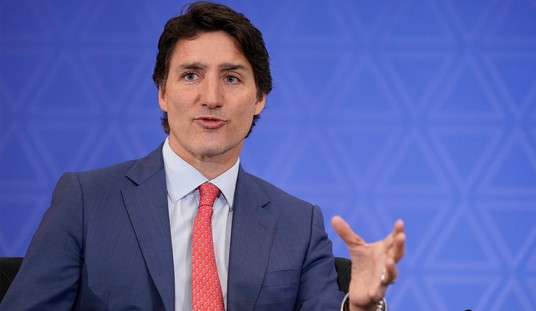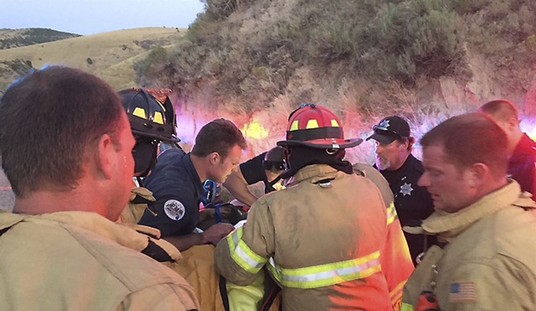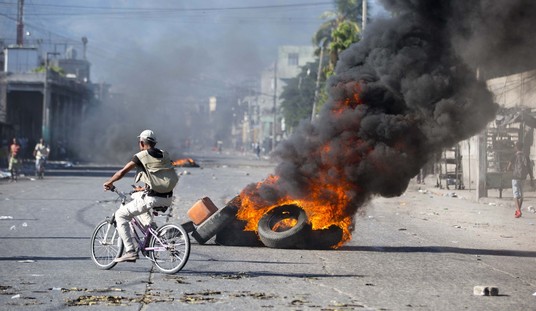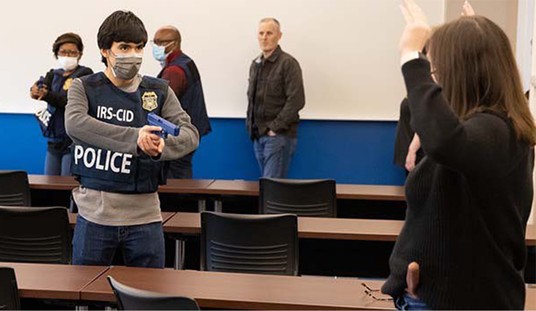Via reporter Alyssa Katz, a little something for the second edition of Cuomo’s “How to Pwn a Pandemic” book.
What’s odd about this is that New York hadn’t been doing badly in vaccinations until recently. Last time I checked a few weeks ago, it was middle of the pack among the 50 states in terms of what share of the population had received a dose, comparable to Florida. A few weeks later it’s now the lone blue state in the bottom 10 according to the Bloomberg tracker, with just 12.8 percent of New Yorkers having received their first shot. It’s also bottom 10 in the percentage of vaccine supply used, at 70.3 percent. For comparison purposes, Florida stands at 13.9 percent and 76.6 percent, respectively. California, which had a slow early rollout of the vaccine? 14.5 percent and 73.6 percent, respectively.
We can ignore the numbers on supply used, perhaps, since that’s partly a function of how much vaccine the state has in stock and it’s conceivable that New York just received a big shipment that it hasn’t had a chance to dose out yet. But the first-dose numbers are what they are — and they’re even worse in New York City, where just 12.3 percent have gotten at least a single dose. Wha’ happened?
Katz raises an interesting possibility: Has some meaningful percentage of New York residents simply bugged out for warmer, greener, freer pastures (like Florida) since the start of the pandemic, leaving their vaccination status unknown to New York authorities? If so, that in itself would be an indictment of Cuomo’s (and Bill de Blasio’s) pandemic leadership. The rich felt they had to leave his jurisdiction in order to stay safe, and who can blame them?
And back to that question I raised about how much of NY’s population isn’t actually here these days: @annjychoi‘s chart here shows that the neighborhoods where locals are likeliest to have fled (e.g., Upper East Side) are also among the most vaccinated. https://t.co/fJ43xenUgc
— Alyssa Katz (@alykatzz) February 25, 2021
That means the vaccine gap between predominantly white and predominantly nonwhite neighborhoods @THECITYNY identified may be larger than the chart shows, certainly in Manhattan. Even if some have returned, fewer people are there now and more of them are getting vaccinated.
— Alyssa Katz (@alykatzz) February 25, 2021
I wonder how much of an effect the weather in New York has had lately. The City was hit by two powerful snowstorms over the past month, which must have snarled distribution of the vaccine. But then, other northeastern states also got hit and they haven’t had as much trouble.
Making the slow pace of vaccinations even more concerning is the rise of the so-called “New York variant” locally, which seems to spread more easily than standard coronavirus does. The British variant, which is thought to be more contagious *and* more deadly, is also circulating in New York. Result: New York City’s positivity rate remains at around seven percent, quite a bit higher than New York State and higher than the current national rate, which has slipped below five percent. A major population center at special risk of a new variant-driven surge is creating bad vibes for scientists, who fear that a fourth national wave is coming next month as the British virus continues to propagate across the U.S.
The downward curve of infections with the original coronavirus disguises an exponential rise in infections with B.1.1.7, the variant first identified in Britain, according to many researchers.
“We really are seeing two epidemic curves,” said Ashleigh Tuite, an infectious disease modeler at the University of Toronto…
Kristian Andersen, a virologist at the Scripps Research Institute in San Diego, said he was confident that the number of cases will continue to decline, then plateau in about a month. After mid-March, the curve in new cases will swing upward again.
In early to mid-April, “we’re going to start seeing hospitalizations go up,” he said. “It’s just a question of how much.”
Andersen may have been too optimistic. CDC chief Rochelle Walensky noted today that cases have stopped falling this week and plateaued at the rate of 75,000 or so per day, a major improvement on January’s highs of 250,000 daily but still more than twice the number of daily cases the U.S. was seeing last summer. The fourth wave may already be building:
The head of the U.S. Centers for Disease Control and Prevention Dr. Rochelle Walensky said that a recent decline in COVID-19 cases may be stalling pic.twitter.com/a41UDgeTff
— Reuters (@Reuters) February 26, 2021
Some scientists think a fourth wave can be minimized or even avoided if Americans continue to take the precautions against infection they’ve taken over the past month. But Cuomo, under pressure to open New York for business amid political scandal, has started to relax the rules on indoor dining, movie theaters, and arenas. “It does not make epidemiologic sense to me,” said one scientist to the Times about loosening restrictions at a moment when the variants are spreading and vaccinations are sluggish. This is a time to be cautious for just a little while longer, increase the pace of shots, and hope that warmer weather contributes to slowing down the spread in April, as it did last year. Instead Cuomo’s doing the opposite.
That’ll make for an interesting chapter in “How to Pwn a Pandemic” too.
I’ll leave you with this vignette from the age of COVID, about which no comment is necessary.
VIDEO of covid pod band practice, via Wenatchee School District Facebook page: https://t.co/JQACBYwFng #LiveOnK2 https://t.co/fwPDFrYjZe pic.twitter.com/YFr4nsE3Zf
— Ric Peavyhouse (@RPeavyhouse) February 26, 2021








Join the conversation as a VIP Member